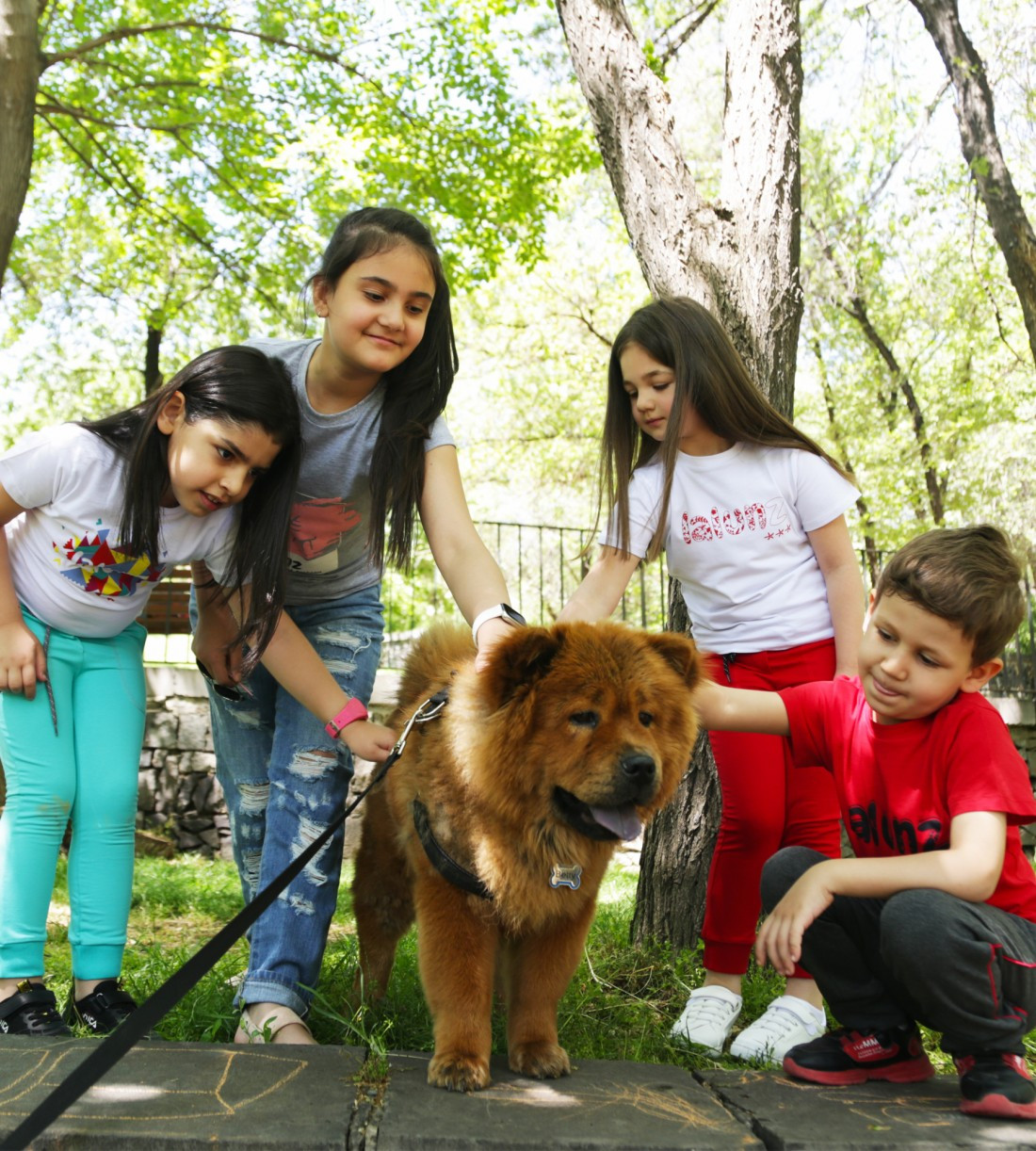
Children and pets

Many of us have pleasant memories of a home and childhood with cats, dogs, parrots, guinea pigs... And our children, after learning to speak, start asking us parents to buy them a pet.
Let's find out: Should we get a pet and which one?
On the basis of the analysis of the results of these studies, psychologists have identified the main positive and negative effects of the "friendship" of a child and a pet.
- So, a study in the American Journal of Pediatrics shows that children who had a dog during the first year of their lives, had a higher immune response and 31% fewer respiratory infections.
- A child brought up next to a pet learns responsibility. After all, a parrot, a hamster and fish should be taken care of every day, the dog should walk, the kitten should be cleaned, and so on.
- The animal helps to become a child more contact.
- Observe the behavior of the animal, play with him, care - very informative for the little man.
- Many animals can "work" almost real doctors and psychologists. For example, cats can get rid of headaches and normalize pressure, contemplation of aquarium fish brings order to the nervous system. Research shows that a dog living in a home where there is a child with a rare disease - autism - contributes to his adaptation to the world and successful socialization.
- A child suffering from a lack of attention, gets the missing warmth from his pet and is charged with calmness.
Despite the recommendations of psychologists who advise to buy your child a pet, you should remember about some of the shortcomings of keeping animals in the house or apartment.
- The child may catch from the animal some diseases (lichen, worms, ornithosis, allergies, etc.).
- The first weeks, or even months, of a cat or dog's stay will bring you a lot of inconvenience until they get used to the toilet.
- The baby is under a lot of stress when his pet dies for some reason.
That's why there are a few things to consider before getting a pet.
One, the child's age.
- At 3-4 years of age, the baby is not yet able to properly care for the pet, so immediately adjust to what to do it will have to you. The most suitable for this age - birds, aquarium fish, rabbit or guinea pig.
- A 5-6 year old child is already relatively independent. He not only enjoys communicating with the animals, but can also learn some skills in animal care. Fish, birds, guinea pigs and rabbits are still recommended at this age.
- A son or daughter, who has reached the age of 7-8 years, can be real owners of a pet - not only play with it, but also clean, clean the cage, walk and feed. Now parents can safely breed a dog or cat, parrot or rat, hamster or turtle.
The second thing to pay attention to is how your child's temperament and character will be combined with the character of the pet. For example, a calm, cheerful and frisky puppy will be better suited to choleric or sanguine - a child who is always ready to make noise, play and run. Phlegmatic or melancholic buy a turtle, fish or hamster: he will be able to watch them, while maintaining its thoughtfulness and developing a tendency to contemplation.
Finally, you should also consider your living conditions. Big dog will suffer himself and cause inconvenience to you if you make him live in a cramped apartment. A shared puppy will suffer from constant loneliness if his owners are not home all day.
And if allergies, constant travel or finances prevent you from adding a pet to your family, don't despair. There are many programs and opportunities that allow children to practice with animals and reap the benefits of this interaction. Contact zoos, walking and dog care for neighbours, assistance with stray animals, volunteering at veterinary centres, dacha neighbours - just look for opportunities.
And if you've already made up your mind, it should be 'love for life' as your little one learns loyalty, devotion and kindness by looking at you and your attitude towards animals.
